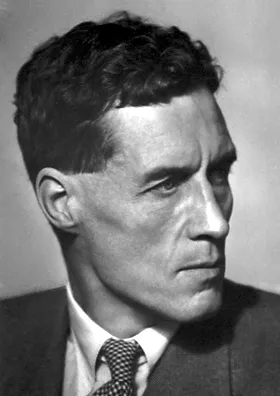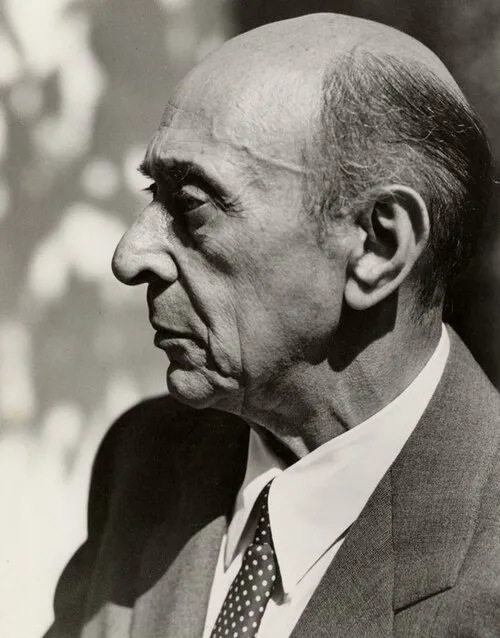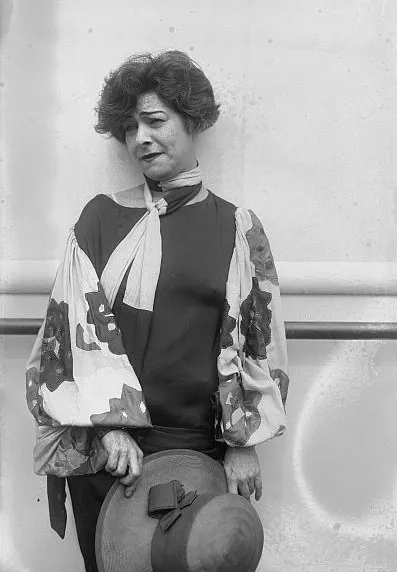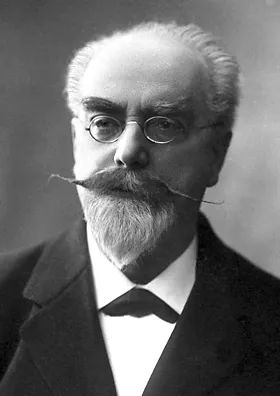
Name: Joachim Peiper
Nationality: German
Occupation: SS Officer
Born: 1915
Died: 1976
1976 – Joachim Peiper, German SS officer (b. 1915)
In the tumultuous landscape of World War II, Joachim Peiper emerged as a figure cloaked in notoriety and military prowess. Born in 1915, Peiper was not just any soldier; he became one of the most infamous SS officers in Nazi Germany. His early years were characterized by a fierce dedication to military ideals, leading him to join the Hitler Youth at a young age a move that would set him on an irrevocable path towards both glory and infamy.
Peiper’s ascent within the ranks of the Waffen-SS was meteoric. By 1944, he was appointed as a commander of Kampfgruppe Peiper during the Battle of the Bulge. This critical operation aimed to capture the Allied-held city of Antwerp and turn the tide in favor of Nazi Germany. However, this mission would lead to one of his most notorious actions the Malmedy massacre where American prisoners of war were executed under his command. The implications were dire; this event not only tarnished his legacy but also served as evidence during post-war trials that sought justice for war crimes.
The end of World War II found Peiper in a precarious position. Captured by American forces, he faced trial at Dachau for war crimes committed during his time with the SS. Despite claiming ignorance about many orders received or actions taken under his command arguably an attempt to distance himself from culpability the tribunal sentenced him to death; however, this sentence was later commuted to 35 years imprisonment. Ironically, while others viewed imprisonment as an end, for Peiper it opened another chapter: he managed to escape after only serving a few years.
Upon his release from prison in 1956, life took a surprising turn for Peiper; instead of living under heavy scrutiny as expected from someone with such a controversial past, he settled quietly in West Germany and reinvented himself as an automobile enthusiast and writer. Perhaps it was this shift that led some commentators to speculate about how society reconciles its heroes and villains could it be that time can wash away even blood-stained legacies? Who knows what drove him into obscurity rather than seeking public validation?
Yet history is never so forgiving nor simple. In contrast to living an anonymous life behind closed doors, whispers still lingered regarding Peiper's past how could they not? In local circles where rumors bloomed like wildflowers after spring rains, memories returned unbidden among those who had suffered losses due to actions carried out under orders he had given decades prior.
Despite attempts at normalcy through work within car manufacturing companies a strange twist considering some might argue their products symbolized freedom there remained shadows haunting Joachim’s footsteps until long after he left this world behind on July 14th 1976 at age sixty-one due largely attributed complications related illness linked directly back his hard-lived life steeped treachery deception violence associated WWII experiences.
The aftermath saw mixed reactions among historians: while some vilified him vehemently for carrying out heinous acts against humanity where others engaged analytically contextualizing individual culpability against backdrop wider sociopolitical climate allowing atrocities occur unchecked . Historians recount that debates rage on today when considering how figures like Peiper fit into larger narratives surrounding moral responsibility during times tumult conflict makes clear there remains no definitive answers these questions still plaguing us present day.
This ongoing discussion serves as poignant reminder importance understanding history accurately engaging critically without romanticizing or demonizing individuals based solely existing narratives surrounding them rather seeing full scope complexities formed around choices made impossible situations leave indelible marks human experience forevermore.
Early Life and Military Career
Peiper's upbringing in a nationalist environment shaped his early ideologies, paving the way for his acceptance into the Hitler Youth at an early age. He furthered his military education at the SS-Junkerschule in Bad Tölz, which focused on fostering leadership among young SS officers. By the early years of World War II, Peiper quickly established himself as a capable commander, participating in notable actions on the Eastern Front.
The Ardennes Offensive and War Crimes
Peiper is perhaps most infamous for his leadership during the Battle of the Bulge in late 1944. Commanding the 1st SS Panzer Division Leibstandarte SS Adolf Hitler, he led a daring advance into the Ardennes. However, this military success was overshadowed by accusations of war crimes committed under his command, particularly the Malmedy massacre, where American prisoners of war were executed. These actions raised significant ethical questions regarding military conduct and the nature of loyalty within the ranks of the SS.
Post-War Life and Trials
After the war, Peiper was captured and tried for war crimes. In 1946, he was sentenced to death, but this was later commuted to 40 years in prison, reflecting the complexities of post-war justice. Following his release in 1956, Peiper relocated to France, where he attempted to live a quiet life, working in various capacities, including as a farmer. Despite his efforts to distance himself from his past, Peiper’s notoriety lingered, attracting both interest and disdain from those who remembered the horrors of the war.
Death and Legacy
Joachim Peiper died on July 14, 1976, in Traves, France, where he was found dead in his home under circumstances that some speculated might have been connected to his controversial history. Peiper's legacy is a contentious one, illustrating the struggles between historical memory, war crimes accountability, and the reconciliation of former combatants. His life exemplifies the moral dilemmas faced by individuals caught in the machinery of war, making him a figure of both admiration and revulsion.






